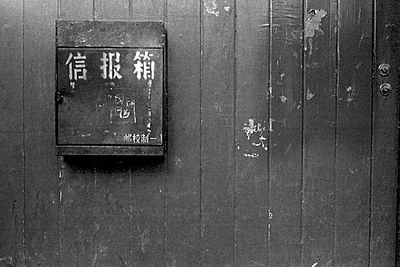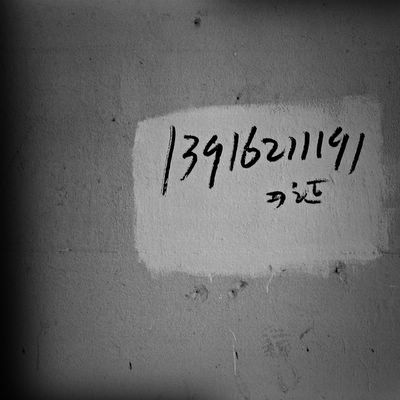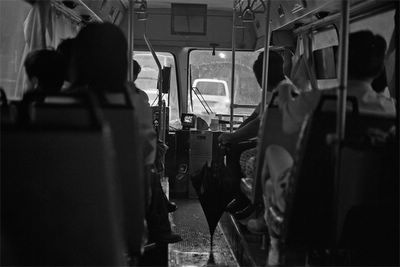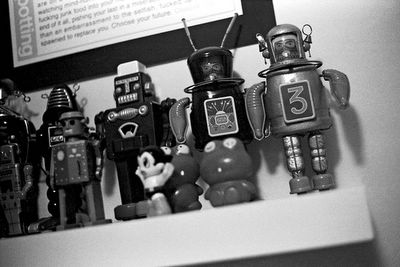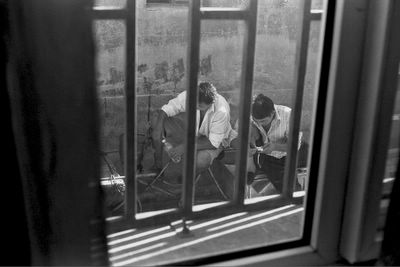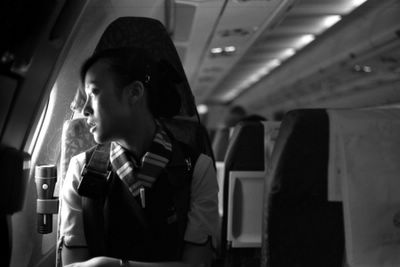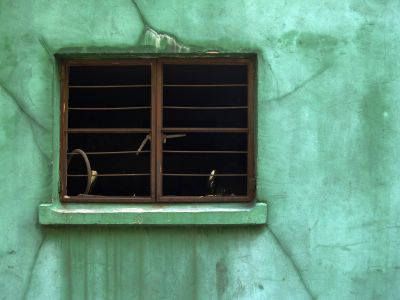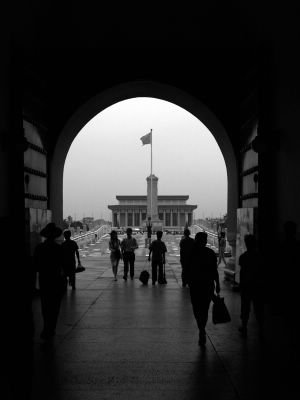Wednesday, August 24, 2005
Friday, August 19, 2005
Shanghai:: @ the Crossroads
Prelude to a Sonata
Shanghai has been through a storm of changes in the past century. Its humble beginning as a frontier trading town flourished into a British colony in the 1840's where opium was the main trade. Like any other British trade settlement, Shanghai became a melting pot of the east and the west. After the opium war, a modern trading settlement had already been established along both sides of the Huangpu River. Today, the business arena of the China Republic is still in Shanghai, in this very area, along the banks of the Huangpu River.
It is hard not to notice the changes in this cosmopolitan city with its constantly changing skyline, fast paced city life and the number of foreigners flowing in and out. People from all over the world had conglomerated here in the past and still is conglomerating here. Western and Japanese restaurants line the streets amongst restaurants from other parts of the world, a symbol of a multi-cultural society. Shanghai awaits at the crossroad of the east and the west for anyone who wants to experience life in a city melded together by eastern and western cultures.
Journey Start
One is greeted by the modernity of Shanghai upon touching down at Shanghai Pudong International Airport. A mirror image of the airport is being built opposite the current complex to serve the large influx of travellers when Shanghai hosts the 2010 World Expo. Although Pudong International Airport is located in the rural area of Shanghai, there is nothing rural about it. It is well connected to the city via the Waihuan Highway. One is bombarded by the choice of transports to the city. Beside the usual choice of taxis, limousine rental, shuttle buses and public bus services, Shanghai boasts of the world's premiering magnetic levitation line. The levitation line ferries travellers to and from the airport for RMB50 (S$10) for a single trip of about 10 minutes at a speed of 450km at its peak, compared to RMB150 (S$30) for an hour of taxi ride. Sceneries speed to a blur in the train carriage while a taxi ride takes the more scenic route crossing the Nanpu Bridge, the fourth longest cable suspension bridge in the world. Experience the change as vegetations change into paddy fields, progress from paddy fields into suburban areas, and develop from suburban areas into the modern architecture of Shanghai city. If you are travelling in the night, one is treated to a fiesta of light shows as both sides of the Waihuan and Neihuan highways light up to a visual display of changing neon lights, symbolising a shinning dragon in darkness.
Exploring Shanghai
Shanghai is one of the busiest cities in the world, the pace of life is fast, and a sense of urgency builds up as you mingle with the locals while crossing the roads, queuing up for a meal or jostling your way through the Metro [subway]. However there are still many places to take a breather and experience Shanghai for its culture, beauty and traditions.
A Blend of Old and New
The Bund
"Seen from the river, towering above their couchant guardian warships, the semi-skyscrapers of The Bund present, impressively, the facade of a great city, but it is only a facade". - Christopher Isherwood, 1937The Bund or Waitan hails as the most famous place in Shanghai. Time and space change as you walk along The Bund. The Huangpu River flows between The Bund and Pudong with tankers, container ships and boats making their way to the Shanghai ports. Classic Victorian style buildings adorn The Bund, which serves as a reminder of Shanghai being once a British Colony. Global companies like Prudential and AIA has moved into the former places of old British administration and government offices. Chinese flags flutters proudly in the cool breeze on the top of the buildings, the skyline accompanied by an occasional Chinese kite or two, remind us that Shanghai is China.
On the other side of the Huangpu River is the Pudong area. The Pudong area is the new business district of Shanghai. There is nothing old about Pudong, modernity is nothing new here, and there is only the future. Numerous construction projects are going on in the Pudong area to turn it into a 522 square kilometres business hub, which is 8 times the size of the London Canary Wharf! The landmark of Shanghai, the Oriental Pearl TV broadcast tower, is located at the tip of the Pudong area overlooking the Huangpu River and The Bund. It offers a 360 degree view of Shanghai and on a clear day, one can even see the other provinces at a height of 486m above the ground.
Temple of the City God
A rich Chinese history and culture surrounds the place. The buildings here are nothing close to modern; they are restored old Chinese buildings from the Ming Dynasty. This old Chinese town has been given a new breath of life with new occupants with the likes of McDonald's, Starbucks and shops selling everything Chinese from swords to pearls from Jiangsu's Tai river. Steamed buns or Xiaolongbao from the famous Nanxiang Steamed Buns restaurants attracts a long queue whichever time of the day, a testimony to the fine culinary skill of its chefs. The price, 8RMB (S$1.60), for 16 steamed buns could be another explanation for the long queue.
Yuyuan garden was built in the Ming Dynasty by a wealthy Ming Dynasty Official from the Pan family. The garden took 18 years to be crafted into shape. The alluring beauty of vegetation is complemented by natural rock formations.
The temple of the city god was established in memory of Huo Guang an ancient general. It boasts exquisite carvings on its roof top by the finest craftsman in China and is the icon of this bustling tourist attraction.
Life's Spices
Shanghai is more than a business hub, its shopping and entertainment scene can rival that of Hong Kong any day. With shopping centres and hyper marts popping up everywhere near the Metro, in the Metro and not far from the Metro, Shanghai is a shopping paradise. Nanjing Road, Huaihai Middle Road and Xujiahui are the top three shopping districts in Shanghai.
Nanjing Road is the golden mile of Shanghai. A pedestrian walk is located right smack in the middle of this busy district with shopping centres and restaurants lining both sides of the street. World famous brands like Nike, Adidas, SKII are aplenty there. Even the worst shopacholic will be spoilt for choice.
Xian Yang Market is a place one must visit amidst the abundant shopping centres in Huai Hai Middle Road. Counterfeit and smuggled items with the likes of Louis Vutton and Burberry, ranging from apparels to leather goods are readily available here. One can also get an authentic Chinese accessory like hairpins and tables cloths for a quarter of the price departmental stores offer.
Two of Shanghai's biggest digital malls, Metro City and Tai Pin Yang Digital Mall reside in Xujiahui. Even the geekiest techno geek will have a hard time choosing from a whole array of electronic gadgets and parts. Prices between vendors are highly competitive so you can be assured that you can get the best deal. The Xujiahui Metro station has 14 exits with 6 towering shopping malls looming over this bustling intersection.
If you are not the shopping type, Xintiandi is the place to party. Similar to Yuyuan gardens, Xintiandi is borne forth from old shikumen houses. Add a twist of modernity, and Xintiandi is the perfect partying place.
A Slice of Life
Shanghai's culture is uniquely Shanghai. Although Shanghai is in transit to become a world class cosmopolitan city, a cross road of the east and the west, the Chinese culture is still predominant. While the Shanghai dialect sounds alien even to Mandarin speaking people, most people in Shanghai speak fluent Mandarin while the younger generation can converse comfortably in English.
Traditional festivals like the Lunar New Year and the Mid-Autumn Festival are two of the most important festivals in the Lunar Calendar. Preparations for these festivals usually take place one month ahead and streets are dressed in festive decorations, giving a vibrant and colourful overlay to the bustling city.
But be warned that the pace of life in Shanghai is extremely fast. Motorists are forever in a hurry to get to their destinations, making it hazardous to cross the road at times, even when using the pedestrians' crossing. Public transports can get extremely crowded during the rush hours as worn out workers make their way home.
Everything about Shanghai is modern. In fact the Shanghainese pride themself as being a modern and individualistic lot. They feel that they are the leaders of fashion, lifestyle, trends and modernity of the China Republic. Yuppies walk in the streets yakking on the latest mobile devices, a public telephone features a touch screen coloured interface, and a public transport card let you pay for the bus, tram, taxi, ferry fare and even a meal at McDonald's. Although Shanghainese are touted by Chinese in other parts of China as snobbish and arrogant, the Shanghainese justify themselves by being responsible for the economy of the Republic.
Escape From Shanghai
When the tension builds up from the hectic and the fast beat of city life, the outskirts of Shanghai prove to be the remedy to unwind. Old water town like Zhouzhuang is rich in Chinese culture and heritage while Suzhou and Hangzhou offers a different pace of life and history.
Zhouzhuang (周庄)
This place is often boasted and prided to be China's first and finest Water Town. The town is more than 900 years old, having been through the Yuan, Ming and Qing dynasties. 14 stone bridges over loom the small waterways that serve as the main transport channel during its older days. However, by turning Zhouzhuang into a tourist attraction, it means losing its original lustre as restaurants and stores selling souvenirs have sprouted up to get a share of the tourist'™ wallets. Visitors to Zhouzhuang can take a leisure ride in wooden sailboats along the water ways for RMB60 (S$30) per boat to the tune of a folk song complimentary of the boatman. Although Zhouzhuang has lost its majestic appeal to the tourism trade, there is a distinct air of oldness, a sense of rich Chinese culture and heritage which surround the place. While the old does not have a place in changing Shanghai, modernity will never set foot in Zhouzhuang.
Suzhou (苏州)
Suzhou is an hour away by train from Shanghai. Suzhou is famous for its exquisite gardens, silk and fine crafts. A walk through one of Suzhou's gardens will soothe any tired soul. The lush green vegetation combined with the natural orchestral of a water fall, chirping birds or the cacophonic concert of the cicadas will soothe any tired souls. The Suzhou city centre is the perfect place to shop for silk crafts. Much of the old city centre has been torn down and old buildings are gradually giving way to the new. The pride of the modern Suzhou is the Singapore Hi-Tech Industrial Park. As part of the Suzhou-Singapore collaboration, much of the Suzhou city planning is handled by Singapore town planners and architects. Housing flats in the suburbs bear an uncanny resemblance to the various New Towns in Singapore. While Suzhou too is moving progressively, the pace of life in Suzhou is still a tad slower than Shanghai.
Hangzhou (杭州)
There is an old saying, in heaven there is paradise, on Earth Suzhou and Hangzhou. The scenic Xihu or West Lake is arguably China's most famous lake. The city centre of Hangzhou, offering a well mix of shopping and entertainment is developed around the New Xihu area. The division of Xihu into the new Xihu and the old Xihu is the National Heritage Board's effort to restore Xihu to its former glory. The new Xihu houses the completed restoration projects while other restoration projects await in the old Xihu. A mythical feeling is aroused when touring Xihu, the effect amplified by the mist that lingers over Xihu Leifeng Pagoda from the Chinese classic where the legend of the white snake adds a mysterious touch to the place. This is a replica as the original collapsed in 1924. However, Leifeng Pagoda remains a timelessly famous site to watch the sunset over Xihu. Yuewang temple, the final resting place of ancient general Yue Fei, a war hero in the Song dynasty, gives Hangzhou a distinct feel of history. The city of Hangzhou remains today, a well blend of history, culture and sights which promise to leave visitors with a uniquely Chinese aftertaste.
曲终人散
《一路上北》-完。
This marks the end of the way up north series. Starting from this point on, I will post photos from my trip which I am going to edit. Many thanks for the support.

